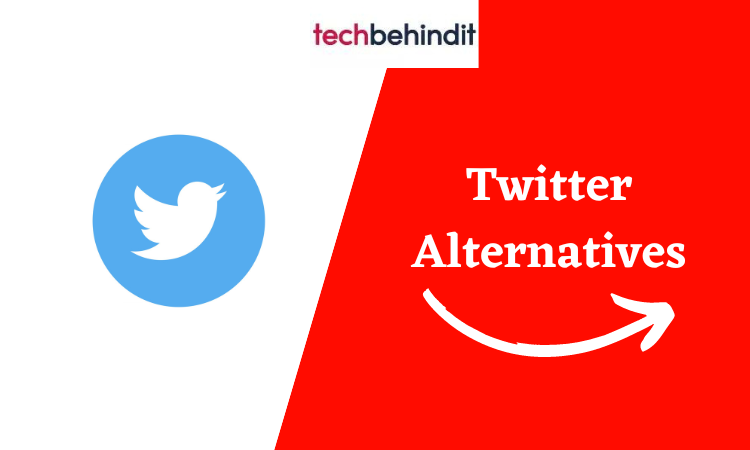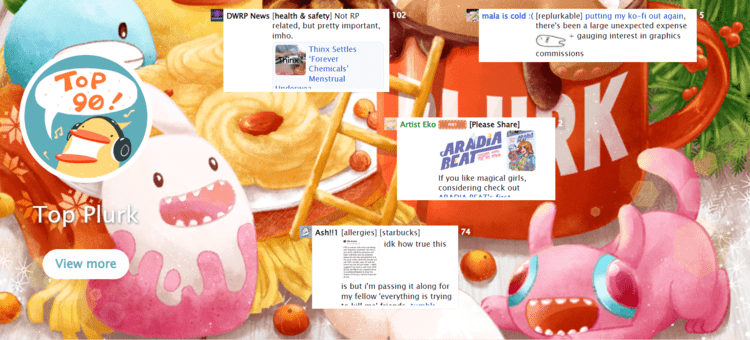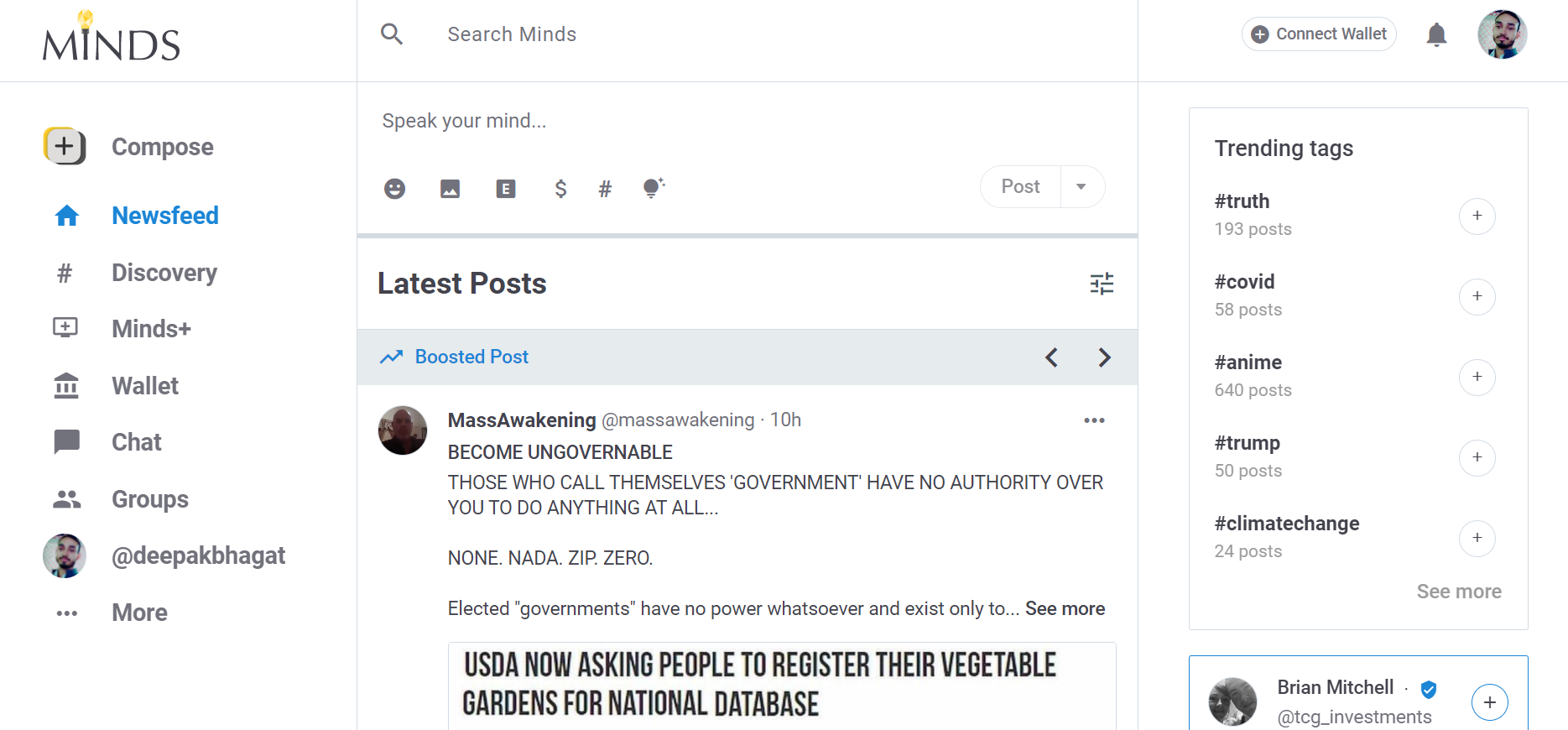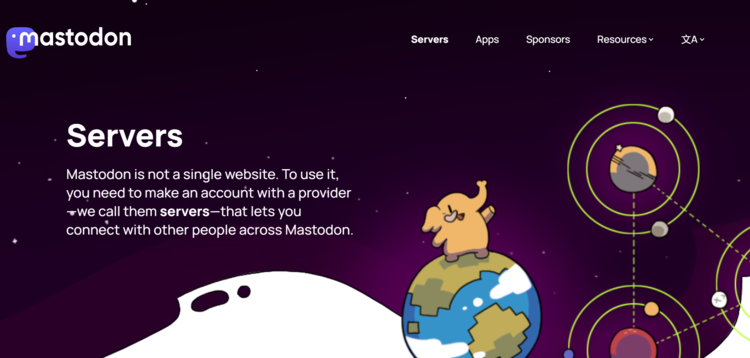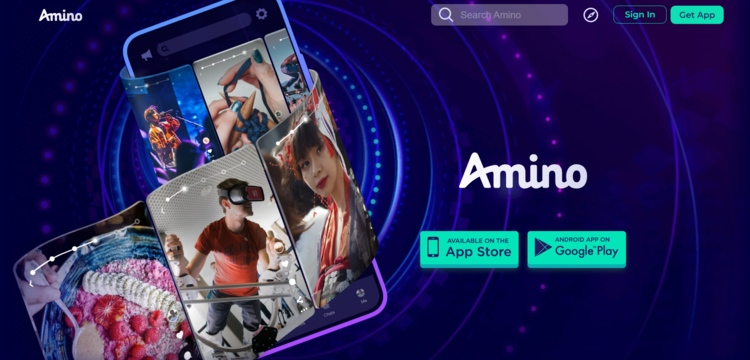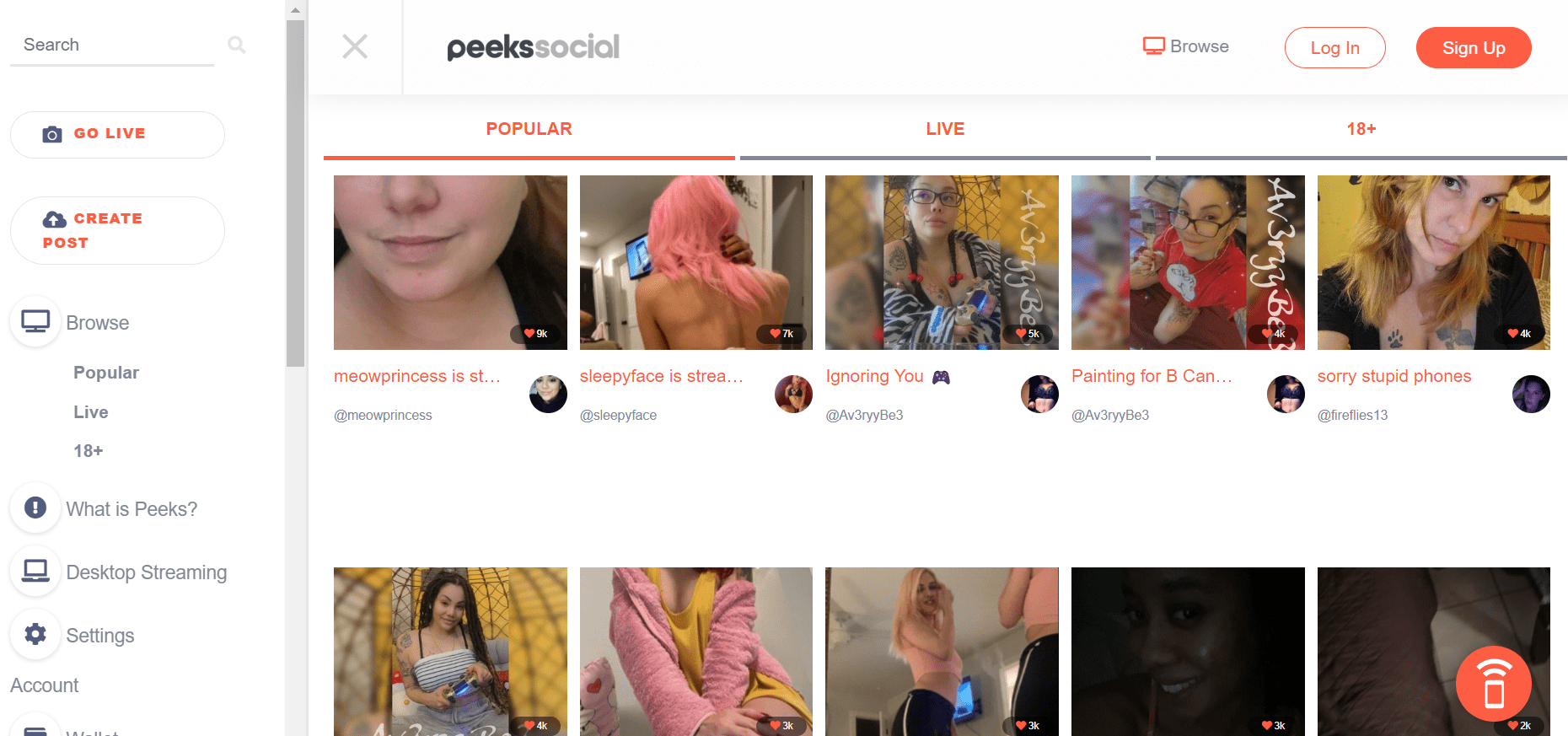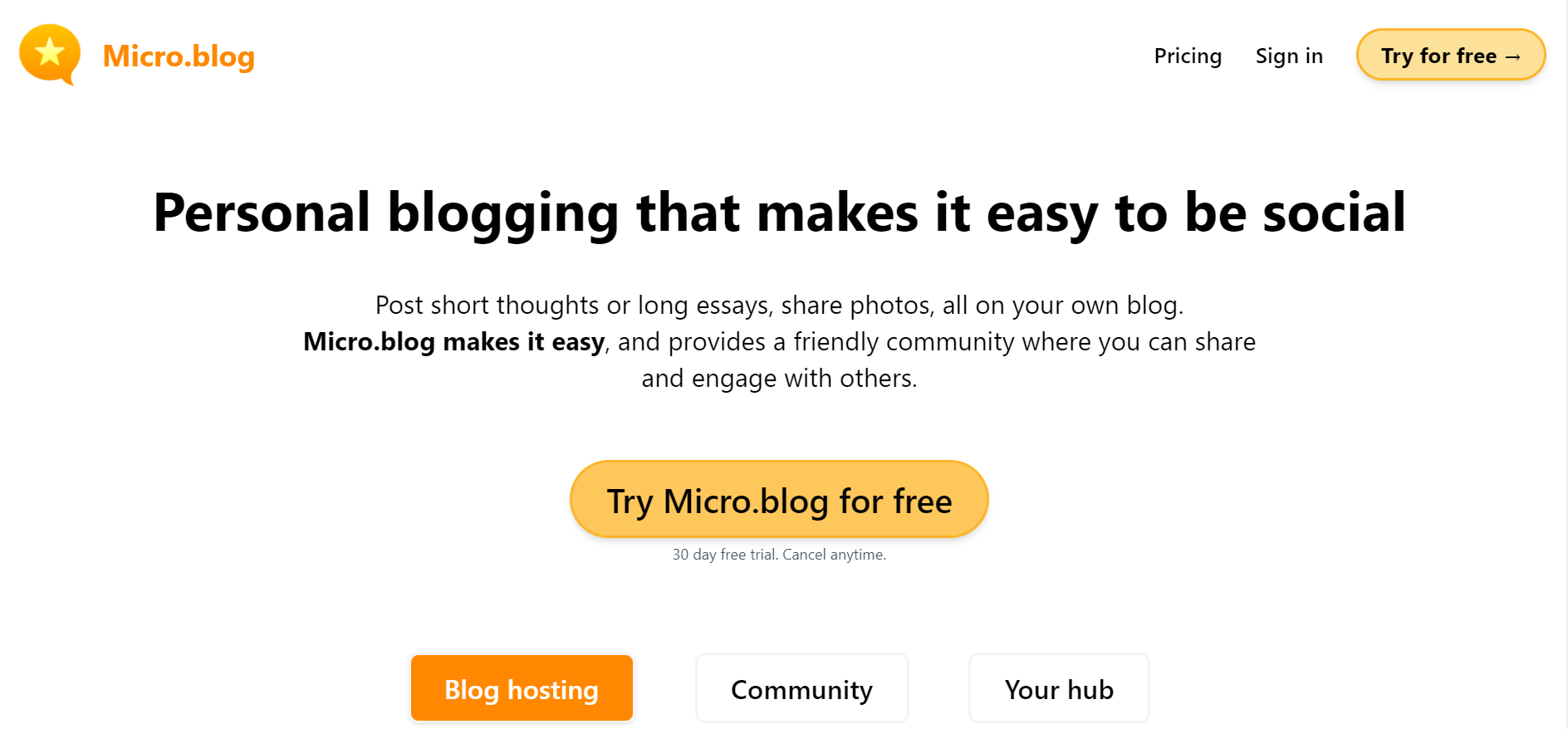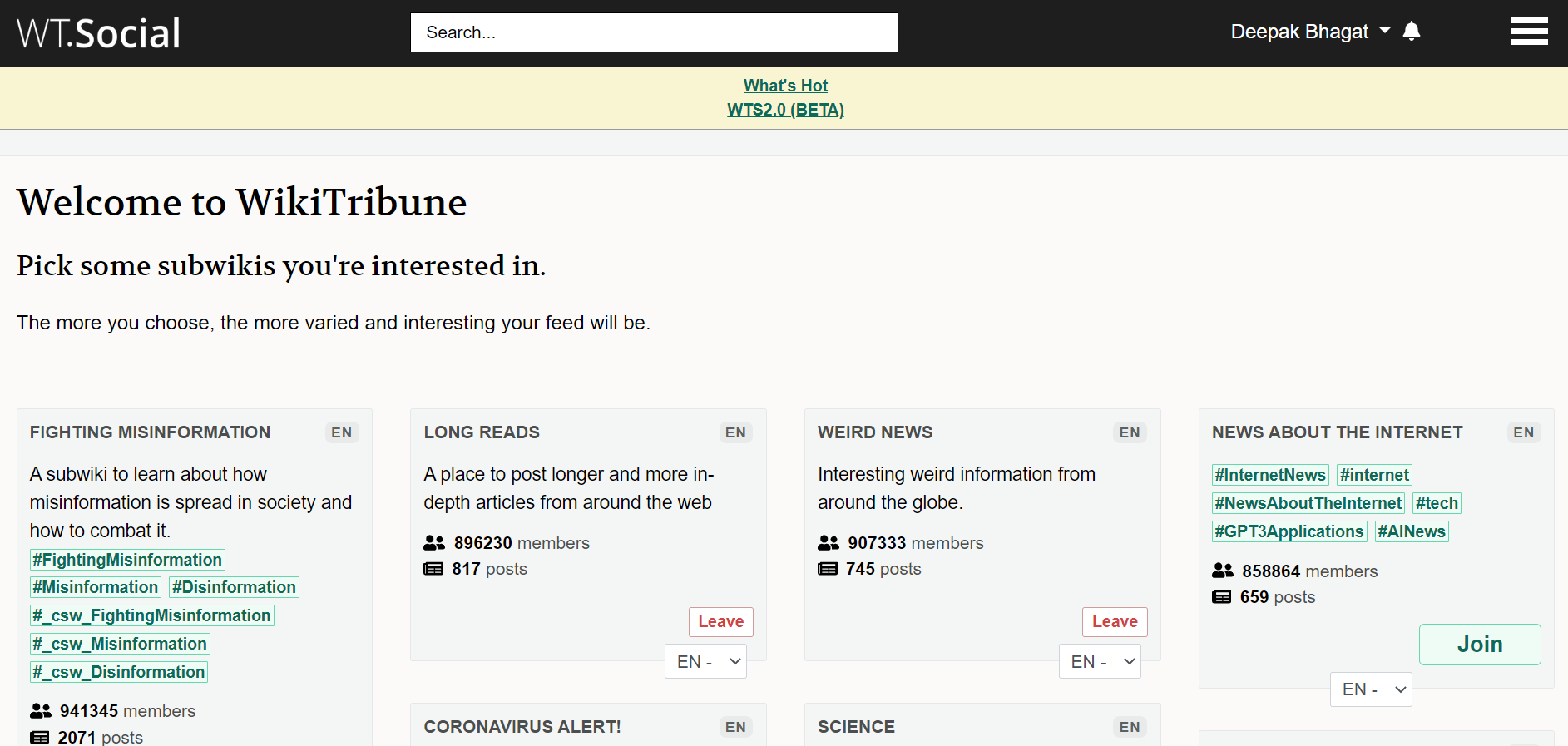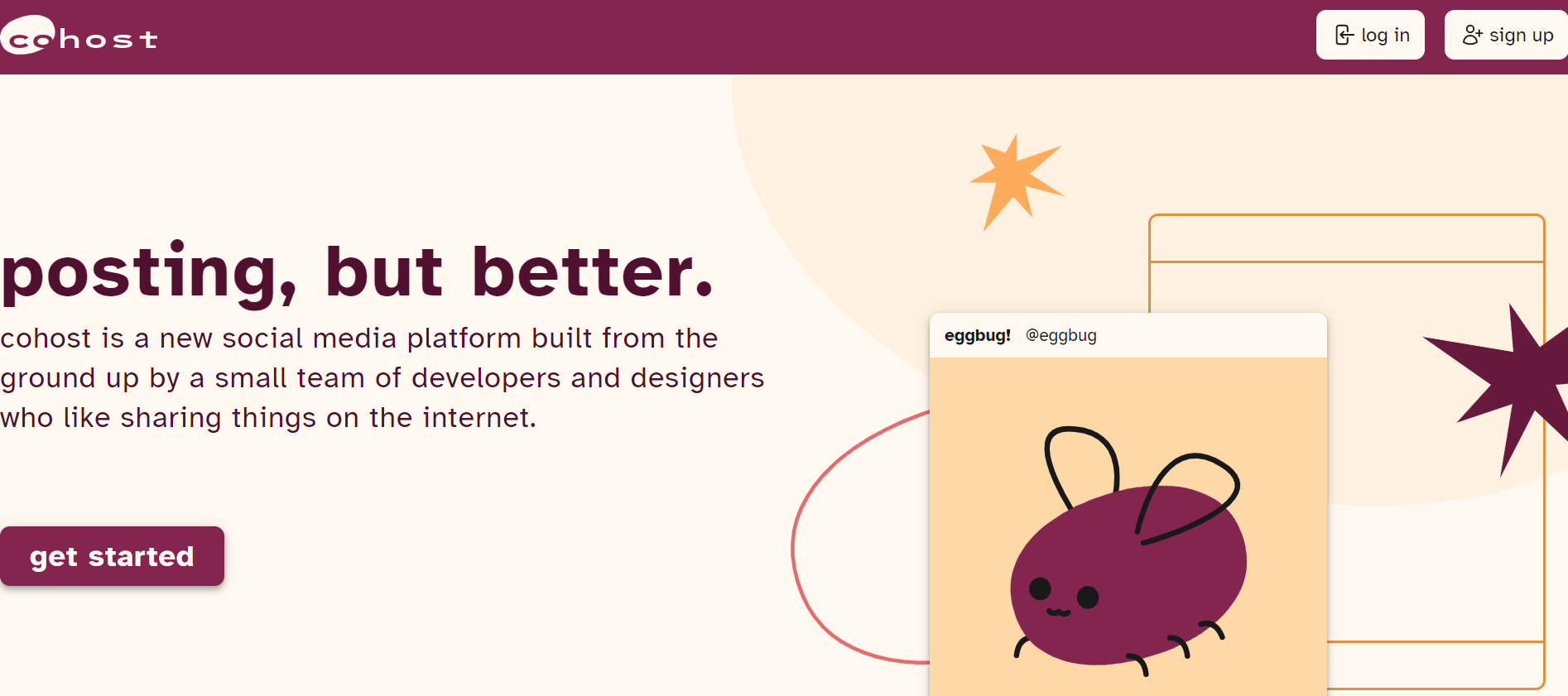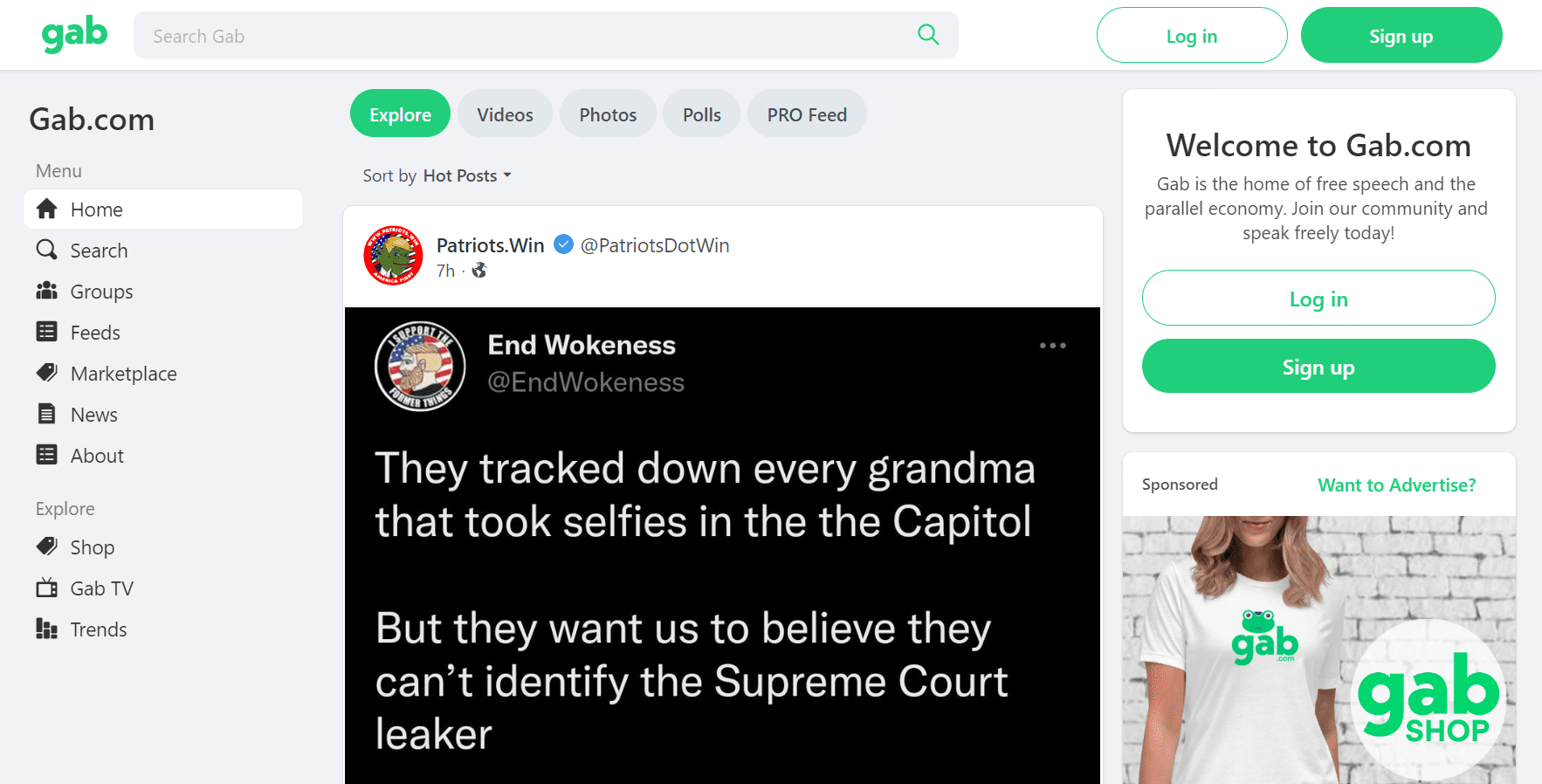Twitter Alternatives | Similar site like Twitter
- 1 Top 10 Twitter Alternatives
- 1.1 Plurk
- 1.2 Minds
- 1.3 Mastodon
- 1.4 Amino
- 1.5 Aether
- 1.6 Peeks Social
- 1.7 micro.blog
- 1.8 wt.social
- 1.9 Cohost
- 1.10 GAB
Twitter is a social media platform that allows users to post and interact with short messages called “tweets.” Tweets can contain text, images, videos, and links to other content on the internet. Users can also interact with tweets by liking, retweeting, or replying. Twitter also includes features such as hashtags, which allow users to find tweets about specific topics quickly and mentions, enabling users to direct tweets to other users. Additionally, Twitter has a “Trending Topics” feature that highlights popular tweets and subjects on the platform. Users can also follow other users and see tweets from people they follow in their timelines.
Features of Twitter
- The 140-character limit for tweets
- Hashtags for categorization and discovery of tweets
- Retweeting and sharing tweets
- Direct messaging for private conversations
- The ability to follow and unfollow accounts
- Trending topics and hashtags
- The ability to embed tweets in other websites
- Twitter Moments, a feature that allows users to curate tweets on a specific topic
- Twitter Polls, a feature that allows users to conduct polls within tweets
- Twitter Live is a feature that allows users to live-stream video content.
Top 10 Twitter Alternatives
Plurk
Plurk is a social media platform that allows users to share their thoughts, experiences, and updates in a unique format called “planks.” These plurks are similar to tweets on Twitter, but they also include a timeline that displays the plurks chronologically.
Features of Plurk include:
- Timeline: The timeline displays all of the plurks from the users you follow in chronological order.
- Plurk Editor: The plurk editor allows users to create and post their plurks. Users can also attach photos and videos to their plurks.
- Responses: Users can create a conversation thread to other users’ plurks.
- Karma: Plurk has a karma system that rewards users for being active and engaging on the platform.
- Privacy settings: Users can control who can see their plurks and responses by adjusting their privacy settings.
- Polls: Users can create polls and gather opinions from their followers.
- Emoticons: Plurk has various emoticons that users can use to express their feelings in their plurks.
- Groups: Users can join or create groups on Plurk to discuss specific topics or interests with like-minded individuals.
- Notifications: Users can receive notifications when someone responds to their plurk or when someone they follow posts a new plurk.
- Multi-language support: Plurk supports multiple languages, allowing users from different countries to communicate and interact with each other.
Minds
Minds is a decentralized social media platform built on blockchain technology that aims to provide a more open and accessible alternative to traditional social media sites. It operates as a self-governing community.
Some key features of Minds include:
- Decentralized architecture: Minds is built on the Ethereum blockchain, which means that no single entity or organization controls it. This provides users with greater control over their data and content.
- Privacy and security: Minds uses end-to-end encryption to protect user data and communications. Users can also choose to make their profiles private or public.
- Content monetization: Minds allows users to monetize their content through a token-based system. Users can earn tokens by creating and sharing content and use them to access premium features or to support other users.
- Customizable feeds: Minds allows users to customize their feed by choosing which accounts to follow and which content to see. This will enable users to create a personalized experience that reflects their interests and preferences.
- Open-source development: Minds is an open-source project, meaning anyone can contribute to its growth and improvement. This allows for a more transparent and inclusive development process.
- Community-driven moderation: Minds operates as a self-governing community, with users able to vote on and report content that they feel is inappropriate or offensive. This allows for a more democratic and community-driven approach to moderation.
Mastodon
Mastodon is a free, open-source social networking service. It is similar to Twitter in that users can post short messages, called “toots,” and follow other users. However, there are some critical differences between Mastodon and Twitter.
Mastodon Features –
One significant difference is that Mastodon is decentralized, meaning that users can join many different instances (or servers), each with its community and rules. This allows for a more diverse and customizable social media experience.
Another key feature of Mastodon is the ability to set different privacy settings for individual posts. Users can choose to make their posts public, visible only to their followers, or completely private, which allows for more control over who can see a user’s content.
Mastodon also has built-in content warnings, which allow users to tag their posts with warnings about sensitive content such as violence, self-harm, and hate speech. This allows other users to decide whether they want to view the post or not.
Mastodon also has a 500-character limit per post, allowing media attachments like photos, videos, and GIFs.
In summary, Mastodon is a decentralized, open-source alternative to Twitter with more privacy options, content warnings, and a 500-character limit per post.
Amino
Amino is a social media platform focused on “amino communities.” Users can join these communities to connect with others who share their interests, such as anime, gaming, and K-pop.
Amino features include:
- Profile customization: Users can personalize their profiles with custom backgrounds, profile pictures, and bios.
- Chat and messaging: Users can communicate through private and group chats and direct messaging.
- Blogging: Users can create and share blog posts within the app.
- Communities: Users can join and participate in communities based on their interests.
- Live streaming: Users can live stream video and interact with their audience in real time.
- Polls: Users can create polls and surveys within the app.
- Quizzes: Users can create and take quizzes within the app.
- Challenges: Users can participate in challenges created by the community or the app.
Overall, Amino is a social media platform that allows users to connect with others who share their interests and passions and to participate in various activities within the app.
Aether
Aether is a platform that allows the creation and deployment of decentralized applications (dApps) on the Ethereum blockchain. It features several tools and features that make it easy for developers to build and launch their apps, including:
- Intelligent Contract Deployment: Aether allows developers to deploy their smart contracts on the Ethereum blockchain with just a few clicks.
- User-Friendly Interface: The platform has a user-friendly interface that makes it easy for developers to navigate and use.
- Decentralized Data Storage: Aether uses a decentralized data storage system that ensures data is stored securely and decentralized.
- Token Creation: Developers can easily create tokens on the platform, which they can use as a means of payment or reward within their dApp.
- Token Management: Developers can manage their tokens and track their usage within their dApp.
- Decentralized Identity: Aether allows for the creation of decentralized identities, which can be used to authenticate users and secure transactions within the dApp.
- Analytics and Metrics: Developers can track and analyze various metrics related to their dApp, such as user engagement, transaction volume, and more.
- Community Support: The platform has a strong community of developers and users who can provide support and feedback to help improve the dApp.
Peeks Social
Peeks Social is a social media platform that allows users to create and share live-streaming content. Some of its features include:
- Live streaming: Users can stream live video content to their followers and interact with them in real time.
- Chatting and commenting: Users can chat with their followers and other streamers in real time and leave comments on streams.
- Virtual gifting: Users can send virtual gifts to streamers, which can be converted into real-world currency.
- Fan clubs: Users can create and join fan clubs, which allow them to connect with other fans and receive exclusive content from their favourite streamers.
- Gamification: Peeks Social offers a reward system for users who stream and engage with other users, encouraging them to be more active on the platform.
- Multi-language support: Peeks Social is available in multiple languages, making it accessible to users worldwide.
- Analytics: Streamers can view analytics on their streams, such as views, likes, and comments, to track their progress and engagement.
- Monetization: Streamers can monetize their content by enabling a paywall or selling virtual goods.
- Virtual reality: Peeks Social allows users to use virtual reality technology to stream live content, making it more immersive and interactive.
- Security: Peeks Social has strict security measures to protect users’ personal information and prevent sharing inappropriate content.
micro.blog
Micro.blog is a social media platform focusing on micro-blogging or short-form blogging. It allows users to post short updates, photos, and links to their website or other content.
Features of Micro.blog include:
- Short-form blogging: Users can post updates, photos, and links in a short format, similar to Twitter.
- Cross-posting: Users can easily cross-post their updates to other social media platforms, such as Twitter and Facebook.
- Followers and following: Users can track other users and see their updates in their timelines.
- Private messaging: Users can privately message other users on the platform.
- Communities: Users can join and participate in communities based on their interests.
- Podcast hosting: Micro. Blog offers podcast hosting for users wanting to start their podcasts.
- Webmentions: Micro. Blog supports web mentions, which allow users to respond to and interact with other users’ posts.
- Customizable profiles: Users can customize their profile with a bio, profile photo, and links to their website and other social media accounts.
- Markdown support: Users can format their posts using Markdown, a simple markup language for text formatting.
- IndieWeb: Micro.blog is built on the IndieWeb principles, which promote open standards and decentralized social media.
wt.social
wt.social is a social media platform that offers a variety of features to its users. Some of the main features include:
- Profile creation: Users can create a personal profile with a bio, profile picture, and other information.
- Posting and sharing: Users can share text, images, videos, and different types of content on the platform. They can also interact with others’ posts through comments and likes.
- Groups and communities: Users can join or create groups and communities around specific topics or interests. This allows them to connect with others who share similar interests.
- Direct messaging: Users can message other users directly on the platform.
- Live streaming: Users can go live and stream video content to their followers or members of a specific group.
- Analytics: Users can access analytics on their posts and interactions to see how their content is performing.
- Privacy settings: Users can adjust their privacy settings to control who can see their posts and information.
- Events: Users can create and attend events on the platform.
- Hashtags: Users can use hashtags to make their posts more discoverable.
- Search: Users can search for other users, groups, and content on the platform.
Cohost
Cohost is a collaborative hosting platform that allows multiple users to share and manage a single web hosting account. Its features include:
- Shared hosting: Cohost allows multiple users to share the same hosting account, making it more cost-effective and efficient.
- Collaborative management: Users can assign different roles and permissions to other users, allowing them to manage and access the hosting account together.
- Billing and invoicing: Cohost allows users to manage and share the costs of the hosting account, including creating and sending invoices.
- User-friendly interface: The platform’s interface is simple and easy to use, making it easy for users to navigate and manage their hosting accounts.
- Security: Cohost uses advanced security measures to protect user data and secure the hosting account.
- 24/7 support: The platform offers round-the-clock customer support to help users with issues or questions.
- Integration with other tools: Cohost can be integrated with other tools such as domain registrars, website builders, and email services.
- Analytics and monitoring: Users can view real-time analytics and tracking of their website performance, uptime, and traffic.
- Scalability: Cohost allows users to scale their hosting resources as their website grows, ensuring it can handle more traffic and data.
- Auto-backup: The platform offers automatic backups of user data, making it easy to restore files in case of data loss.
GAB
GAB (Gab.ai) is a social media platform that positions itself as a free speech alternative to mainstream platforms like Twitter and Facebook. Some of its key features include:
- User-generated content: Like other social media platforms, GAB allows users to post text, photos, videos, and links to content they find interesting or relevant.
- Groups and communities: Users can create and join groups based on interests or hobbies, allowing them to connect with like-minded individuals and share content.
- Verified accounts: GAB allows users to verify their accounts, which is intended to help prevent impersonation and increase accountability.
- Strict content moderation: GAB claims to have a strict content moderation policy that removes illegal or violent content and bans users violating the platform’s service terms.
- Alternative to mainstream platforms: GAB is marketed as an alternative to mainstream social media platforms, which some users view as censorious or overly-policed.
- Cryptocurrency support: GAB allows users to tip other users with the cryptocurrency Bitcoin Cash (BCH).
- Built-in Tor support: GAB allows users to access the platform through the Tor network, which is intended to increase privacy and security.
It should be noted that GAB has been criticized for hosting hate speech and being a platform for far-right extremists.

